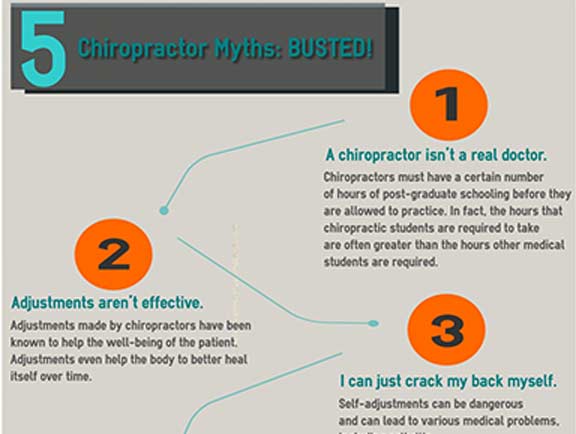The Relationship Between Posture And Pain In The Back: Techniques For Preserving Correct Placement Throughout The Day
The Relationship Between Posture And Pain In The Back: Techniques For Preserving Correct Placement Throughout The Day
Blog Article
Post Author-Fletcher Fraser
Keeping proper position isn't almost sitting up directly; it's about aligning your body in a manner that supports your back and minimizes the threat of neck and back pain. The way you sit, stand, and relocate throughout the day can substantially affect your spinal health and wellness. Yet exactly how precisely can you guarantee excellent alignment constantly, also throughout busy days filled with numerous tasks? Allow's delve deeper right into the subtle yet impactful changes you can make to your daily routine to keep your back happy and healthy and balanced.
Importance of Correct Position
Proper stance is critical in keeping a healthy and balanced back and stopping pain. When you sit or stand with great stance, your spinal column remains in positioning, decreasing pressure on your muscles, tendons, and joints. This alignment permits the body to disperse weight evenly, protecting against too much stress and anxiety on specific locations that can result in discomfort and discomfort. By maintaining your spinal column properly straightened, you can also enhance your breathing and digestion, as slouching can compress body organs and restrict their functionality.
Additionally, maintaining good pose can boost your total appearance and self-esteem. When back hurts stand tall with your shoulders back and head held high, you emanate confidence and show up more friendly. Good position can also make you really feel more invigorated and alert, as it advertises correct blood flow and allows your muscles to function effectively.
Including correct pose into your day-to-day regimen, whether sitting at a workdesk, walking, or working out, is crucial for protecting against neck and back pain and promoting total wellness. Bear in mind, a small change in just how you hold yourself can make a significant difference in how you feel and function throughout the day.
Common Postural Mistakes
When it comes to maintaining good position, numerous people unwittingly make common mistakes that can add to neck and back pain and pain. Among one of the most common mistakes is slumping over or stooping over while resting or standing. This setting puts extreme pressure on the spine and can result in muscle mass inequalities and pain over time.
One more usual blunder is overarching the reduced back, which can squash the all-natural curve of the spinal column and create pain. Additionally, crossing legs while resting may feel comfortable, yet it can create an imbalance in the hips and hips, leading to postural issues.
Making use of a pillow that's also soft or too solid while sleeping can additionally influence your positioning and add to neck and back pain. Lastly, frequently craning your neck to consider displays or readjusting your position frequently can strain the neck and shoulders. Being mindful of these common postural errors can assist you maintain far better positioning and reduce the risk of back pain.
Tips for Correcting Alignment
To enhance your positioning and minimize pain in the back, it's essential to concentrate on making small adjustments throughout your everyday routine. Beginning by being mindful of your pose. When resting, ensure your feet are level on the flooring, your back is straight, and your shoulders are loosened up. Avoid slouching or leaning to one side. Use ergonomic chairs or pillows to support your lower back.
When standing, distribute your weight evenly on both feet, maintain your knees somewhat curved, and embed your hips. Involve your core muscle mass to support your spinal column. Take breaks to stretch and walk if you have a sedentary job. Integrate exercises that enhance your core and back muscular tissues, such as slabs or bridges.
While sleeping, utilize a cushion that sustains the natural curve of your neck to keep proper spine positioning. Stay clear of sleeping on your stomach, as it can stress your neck and back. By being mindful of these tips and making small adjustments, you can gradually correct your placement and relieve neck and back pain.
Final thought
Bear in mind, maintaining great position is vital to preventing back pain and advertising spine health. By bearing in mind your placement, distributing weight uniformly, and engaging your core muscle mass, you can lower pressure on your back and decrease the risk of discomfort and injury. Include just click the up coming internet page , take normal breaks to extend, and strengthen your core and back muscular tissues to maintain proper placement throughout the day. Your back will thank you for it!
